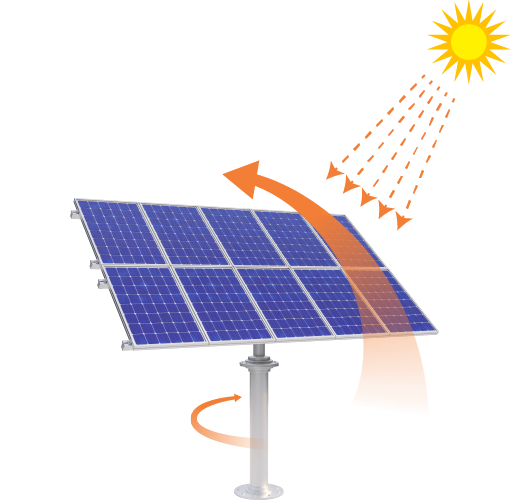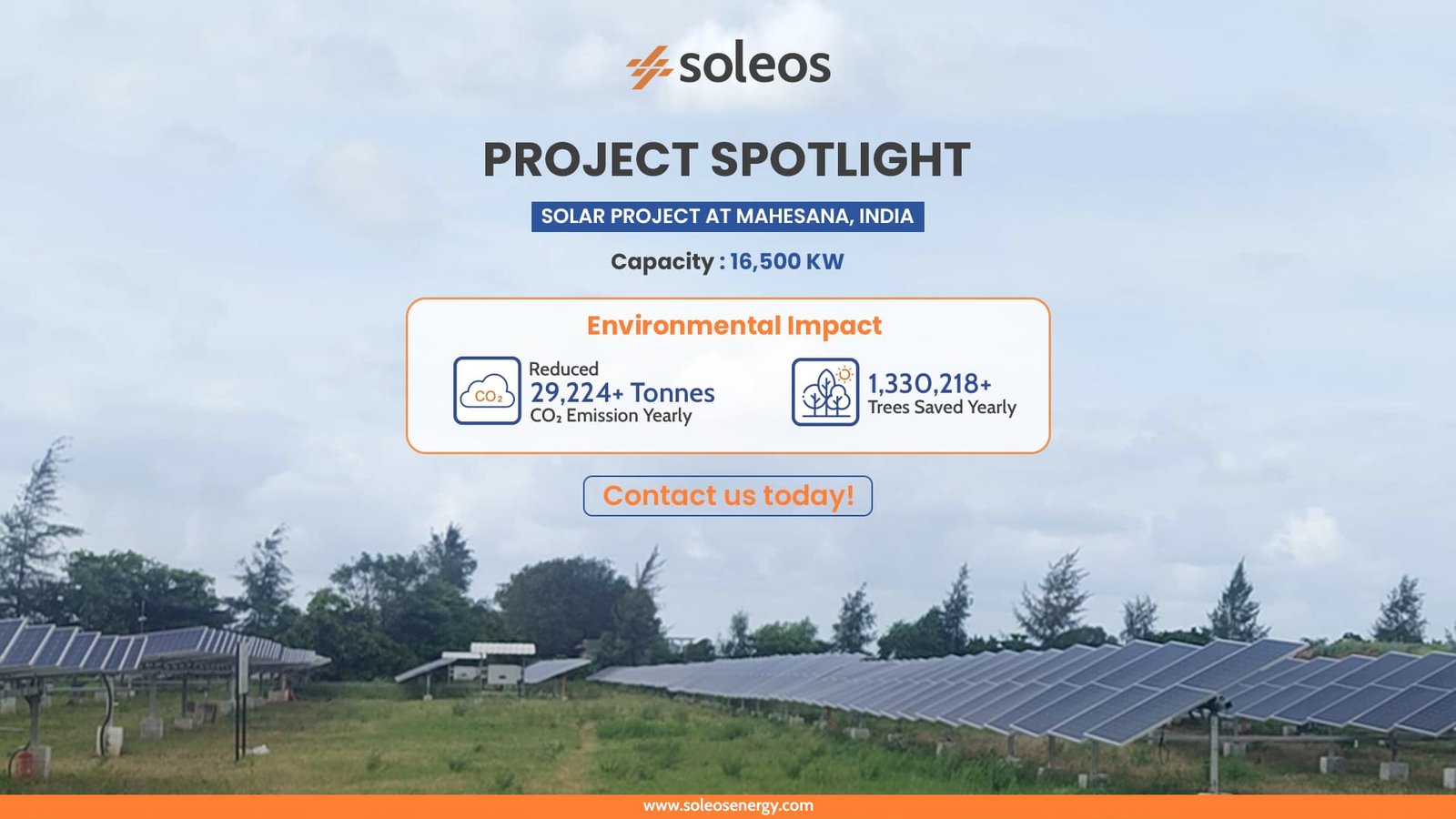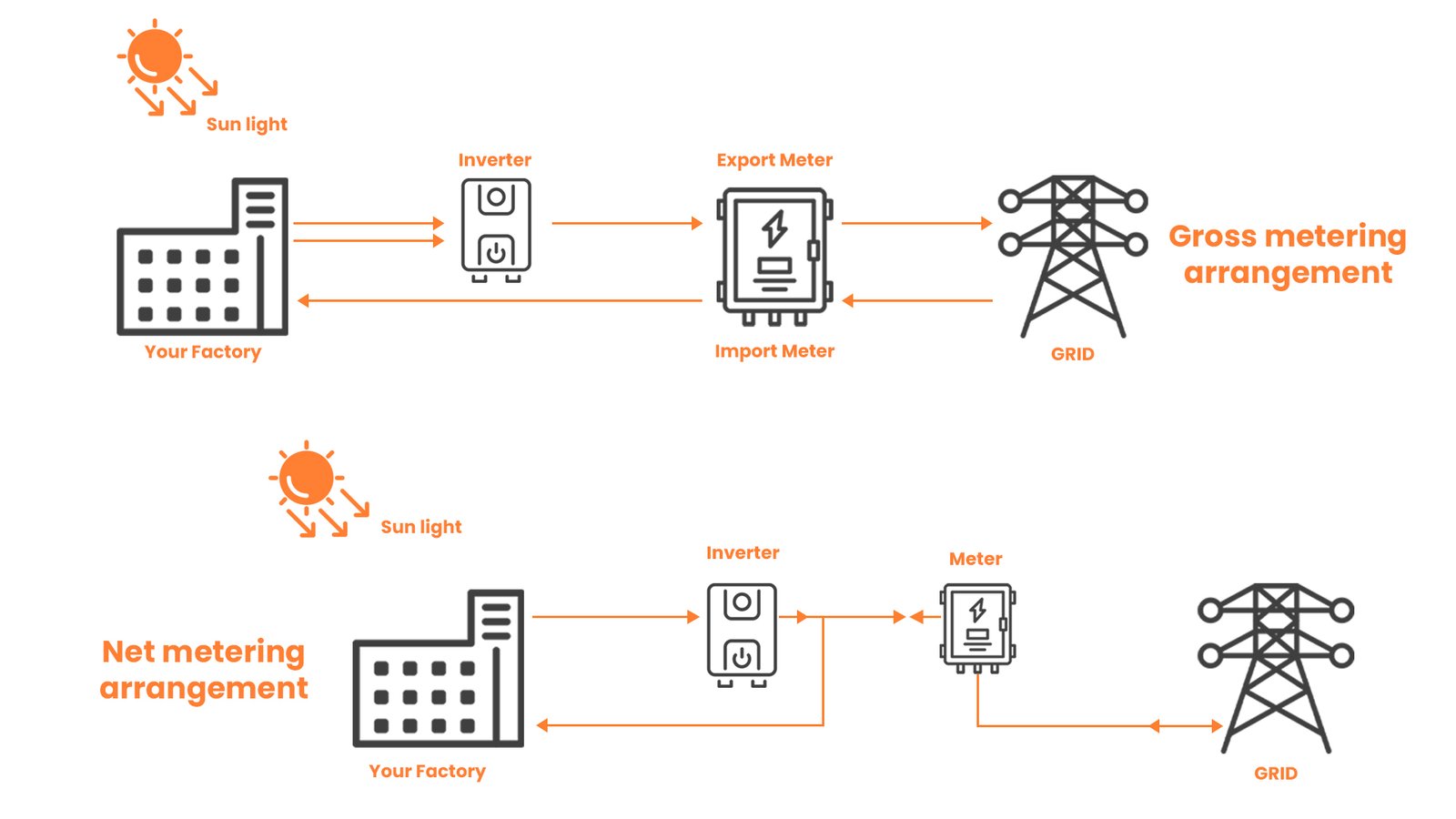Should You Track the Sun?
The sun, our planet’s powerhouse, is a majestic force in the universe. Imagine harnessing its full potential for clean energy, but what if your solar panels aren’t catching all the rays? Enter the game-changing technology of solar trackers!
In this blog, we’ll embark on a journey into the world of solar tracking, unlocking its secrets and showing you, how it can supercharge your solar energy production. Moreover, are you ready to dive in and unleash the sun’s true power?
So, why the buzz about solar trackers?
Traditional solar panels, while wonderful, are static. However, as the sun traverses the sky throughout the day and seasons, they miss out on prime sunlight exposure. In contrast, solar trackers are the dynamic solution.
These ingenious devices actively follow the sun’s path, ensuring that your panels are perfectly angled for maximum energy capture. Think of it as turning your panels into sun-chasing robots; they are constantly seeking the most potent rays!
How do these sun-chasers work?
The magic behind solar trackers lies in their ability to adapt to the sun’s ever-changing position. Here’s how they work:
- Manual Trackers: For areas with lower labor costs, these require manual adjustments to follow the sun. Imagine nudging your panels occasionally!
- Passive Trackers: In contrast, these rely on a fluid with a low boiling point to trigger movement, like a sunbathing sunflower turning towards the warmth.
- Active Trackers: The ultimate sun-chasers, on the other hand, these use motors, hydraulics, or even microprocessors for precise panel adjustment. Think of them as high-tech robots, constantly dancing with the sun.
But it doesn’t stop there! Modern trackers offer additional features:
- Cloudy Day Adaptation: Tilt panels horizontally to capture diffuse light even on gloomy days.
- Wind Speed Adjustment: Sensors detect high winds and adjust panel positions for optimal protection.
Types of Solar Trackers: Choosing Your Sun-Chasing Champions
Not all sun-chasers are created equal! Solar trackers come in two flavors, each with its own unique way of following the sun:
- Single-Axis Trackers: These trackers focus on one dimension, tilting either east-west (horizontal) or north-south (vertical). Ideal for low-latitude (horizontal) or high-latitude (vertical) installations, they maximize energy capture through summer and winter sun shifts.

TPSAT adjusts the tilt of solar panels along a single axis, following the sun’s seasonal movement for optimal energy capture.

HSAT rotates solar panels from east to west on a fixed horizontal axis, maintaining an optimal angle for sunlight exposure throughout the day.

TSAT tilts solar panels along a single axis to track the sun’s movement, ensuring efficient sunlight capture with limited tilt angles.
- Dual-Axis Trackers: These trackers track the sun in both east-west and north-south directions. Consider them as acrobats, precisely adjusting to catch every ray. More expensive than single-axis trackers, their enhanced output in fluctuating sunlight conditions is advantageous.

Choosing the Right Solar Trackers for Your Sun-Soaked Journey
The ideal tracker for you depends on your location, sunlight patterns, and budget. Here’s a quick guide:
- Low-latitude regions: Opt for horizontal single-axis trackers to chase the east-west sun movement.
- High-latitude regions: Choose vertical single-axis trackers to maximize capture throughout the year’s varying sun angles.
- Areas with fluctuating sunlight: Consider dual-axis trackers for their superior adaptability and energy harvesting potential.
- Limited budget: Single-axis trackers offer a cost-effective entry point into the world of solar tracking.
- High energy demand: Dual-axis trackers can significantly boost your power production, making them ideal for large-scale installations.
Say goodbye to underperforming panels!
- More Power, More Savings: Trackers can increase your solar energy output by a whopping 20-40%, translating to significant cost savings on your electricity bills.
- Sustainable & Efficient: Trackers help us generate more clean energy, reducing our reliance on fossil fuels.
- Land Optimization: Produce more energy in the same space! Trackers can optimize land usage, making them ideal for areas with limited space.
However, are solar trackers suitable for everyone?
While incredibly beneficial, trackers come with some considerations:
- Higher Initial Cost: The technology behind them makes them slightly more expensive than static panels. But remember, the long-term energy savings can outweigh the initial investment.
- Maintenance Needs: Depending on the type, trackers may require some maintenance. Think of it as giving your sun-chasing robots a periodic tune-up!
- Site Preparation: Installation involves additional considerations like trenching for wiring and ensuring suitable ground conditions.
So, should you join the solar tracking revolution?
If you’re looking to maximize your solar energy output, have sufficient space, and are willing to invest for long-term savings, then trackers are definitely worth considering. They’re particularly advantageous in locations with high solar irradiance and fluctuating sunlight conditions.
Trackers are not suitable for every situation. Consulting with a solar professional can help you determine if they’re the right fit for your specific needs and budget.
Ready to illuminate your path to sustainable energy? Contact us today at +91-8320095024 or visit www.soleosenergy.com to learn more about how solar trackers can transform your energy landscape! Feel free to reach out with any questions or to start your solar journey!

Take the next step in renewable energy by joining the Solarize Bharat pledge. Imagine your business not just as an entity benefiting from solar power but as a contributor to a nationwide movement, shaping the future of energy in our incredible nation.
Stay solar-powered and environmentally inspired!
P.S.: Share this blog with fellow solar enthusiasts to spread the word about the exciting world of solar tracking!






